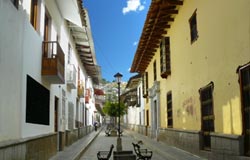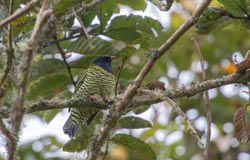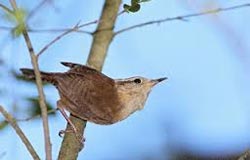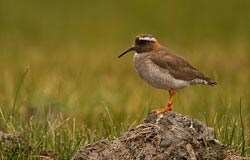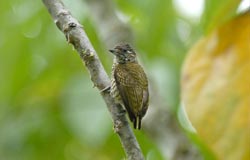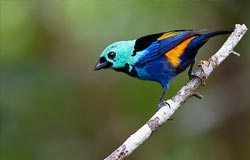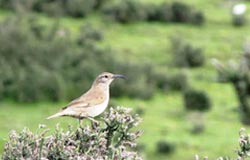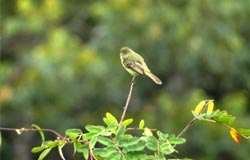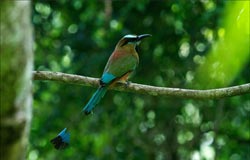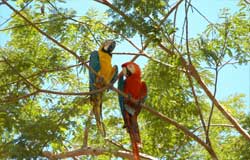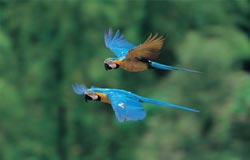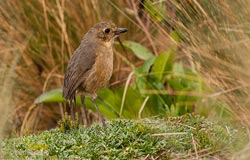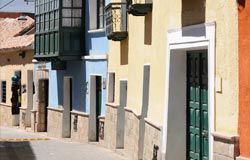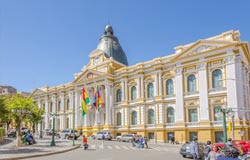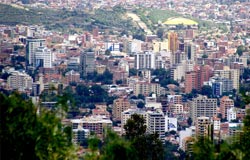Day 1:
International flights arrive at Viru-Viru airport in Santa Cruz early in the morning so we'll head out birding just north of the airport to some open grasslands and gallery woodland. (if you come in aday earlier then an extra night at the group hotel can be arranged) We'll be looking for some of the following: White-bellied Northura, Red-winged Tinamou, Long-winged Harrier, Golden-collared Macaw, Bicolored Seedeater, White Woodpecker, and Greater Rhea amongst others. The afternoon we’ll spend at a locality where we have had luck in the past with species such as Chestnut-capped, Unicolored and Scarlet-breasted Blackbirds, Blue-crowned and Yellow-chevroned Parakeets, Picazuro Pigeon, Epaulet Oriole, Straight billed and Narrow-billed Woodcreepers, Spot-backed Puffbird and Golden-crowned Warbler. Night at our comfortable, air conditioned hotel in Santa Cruz. (L,D)
